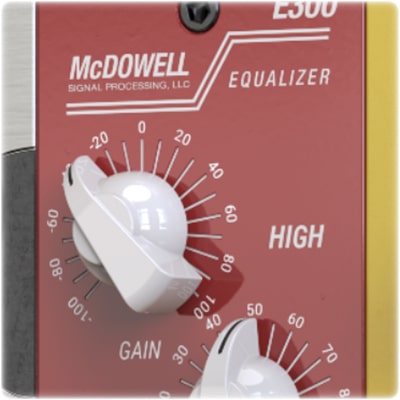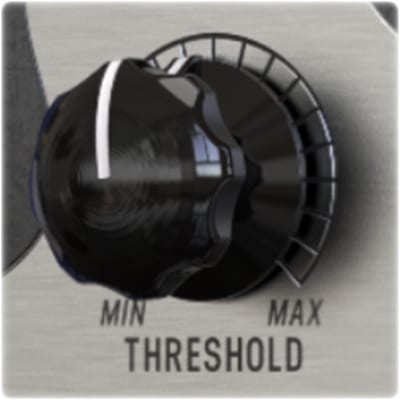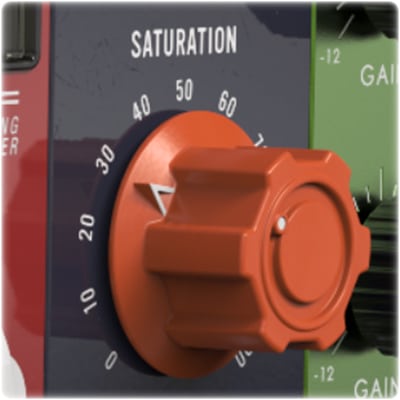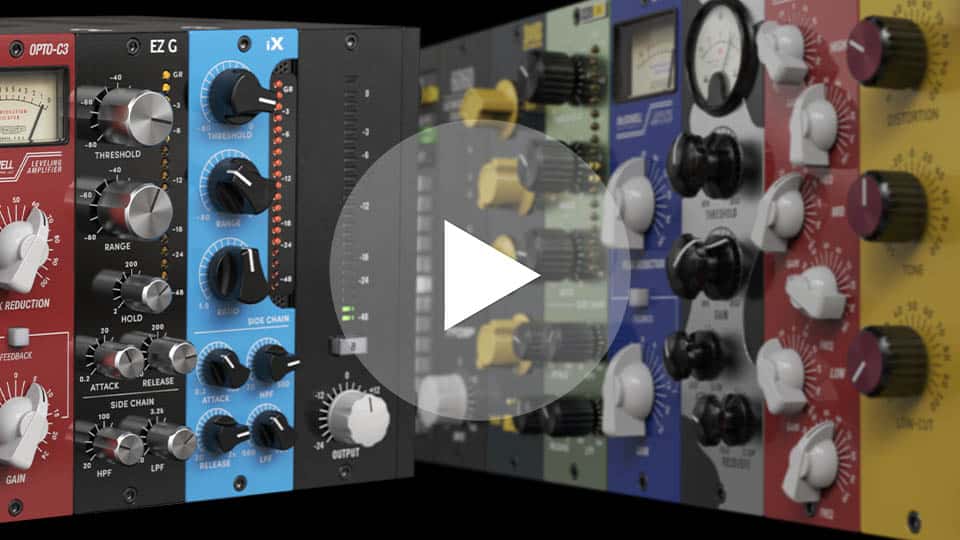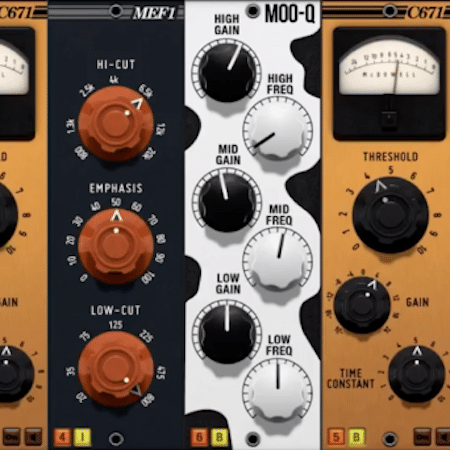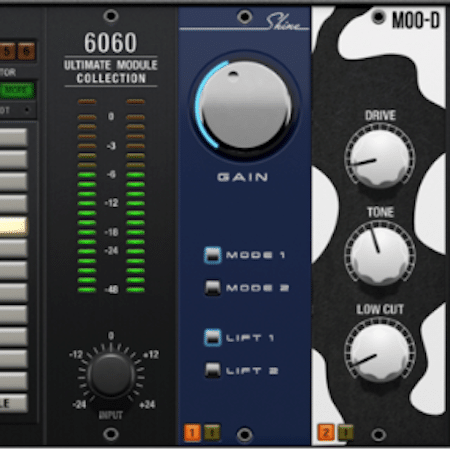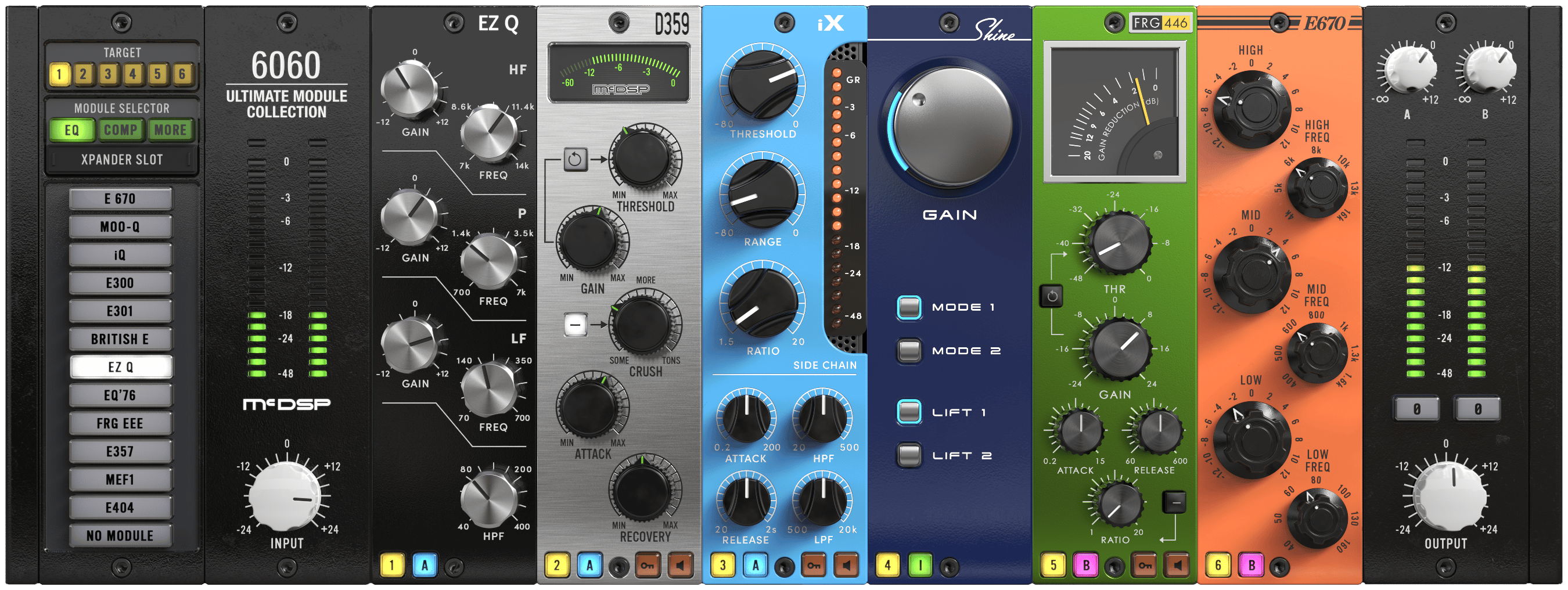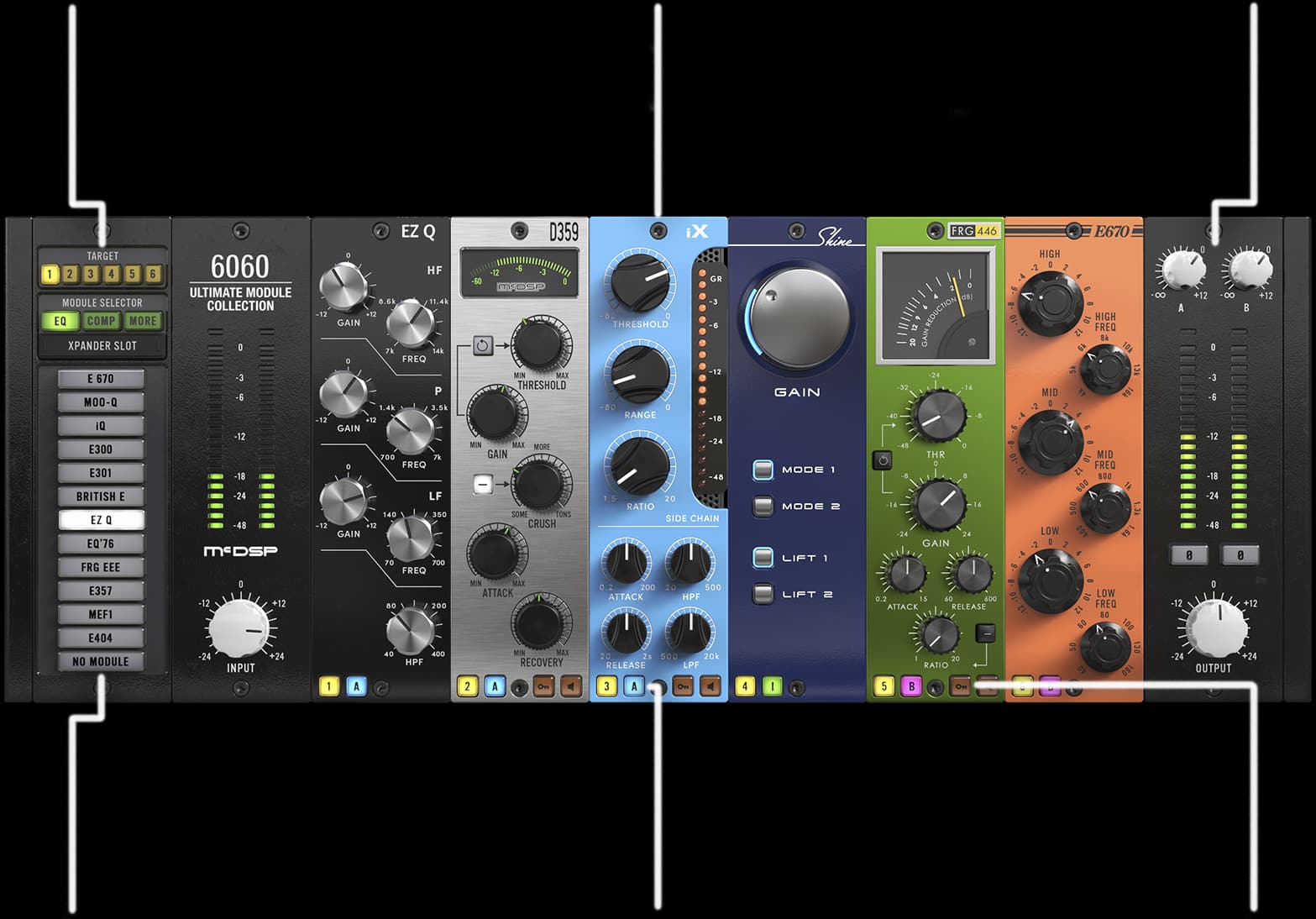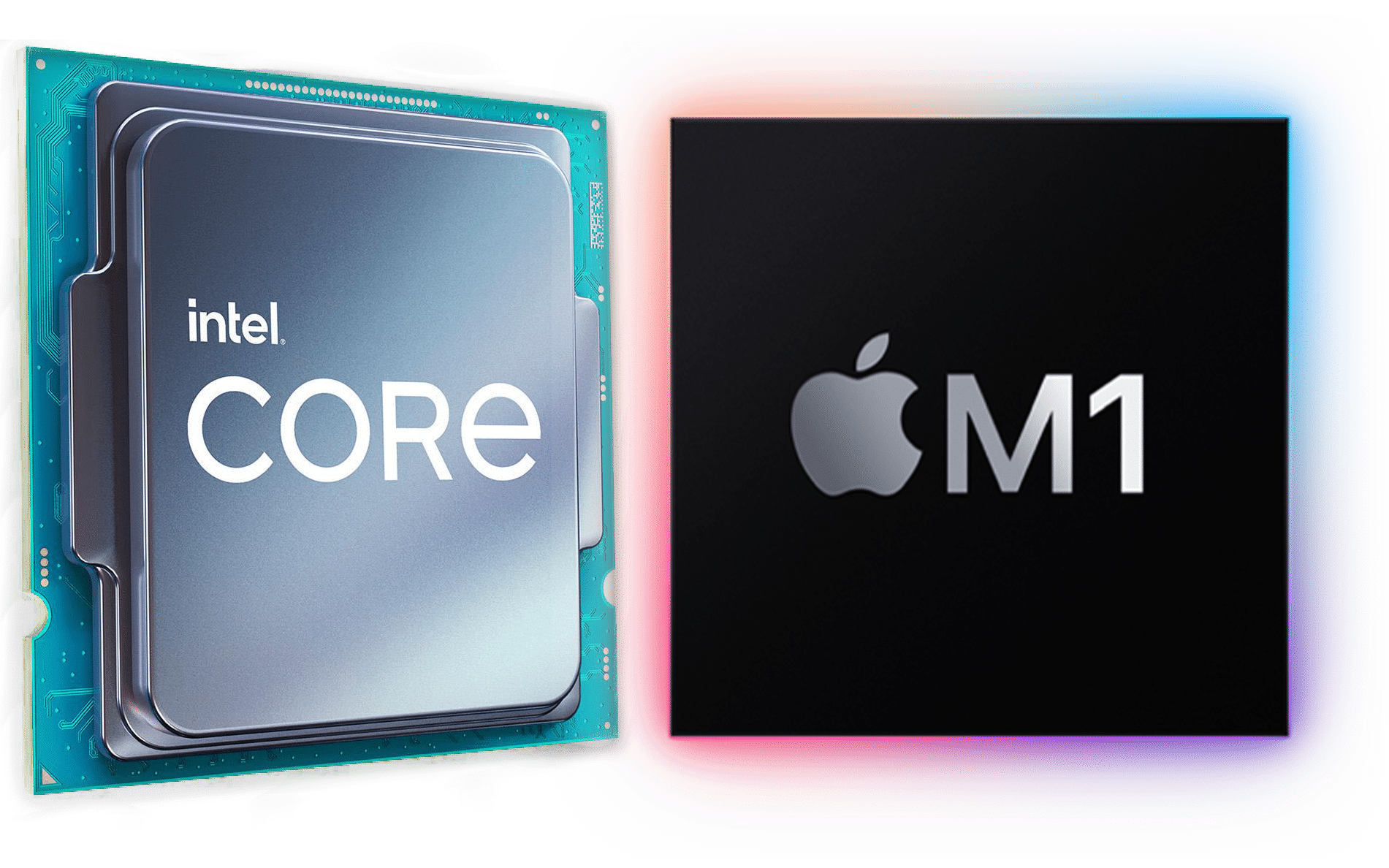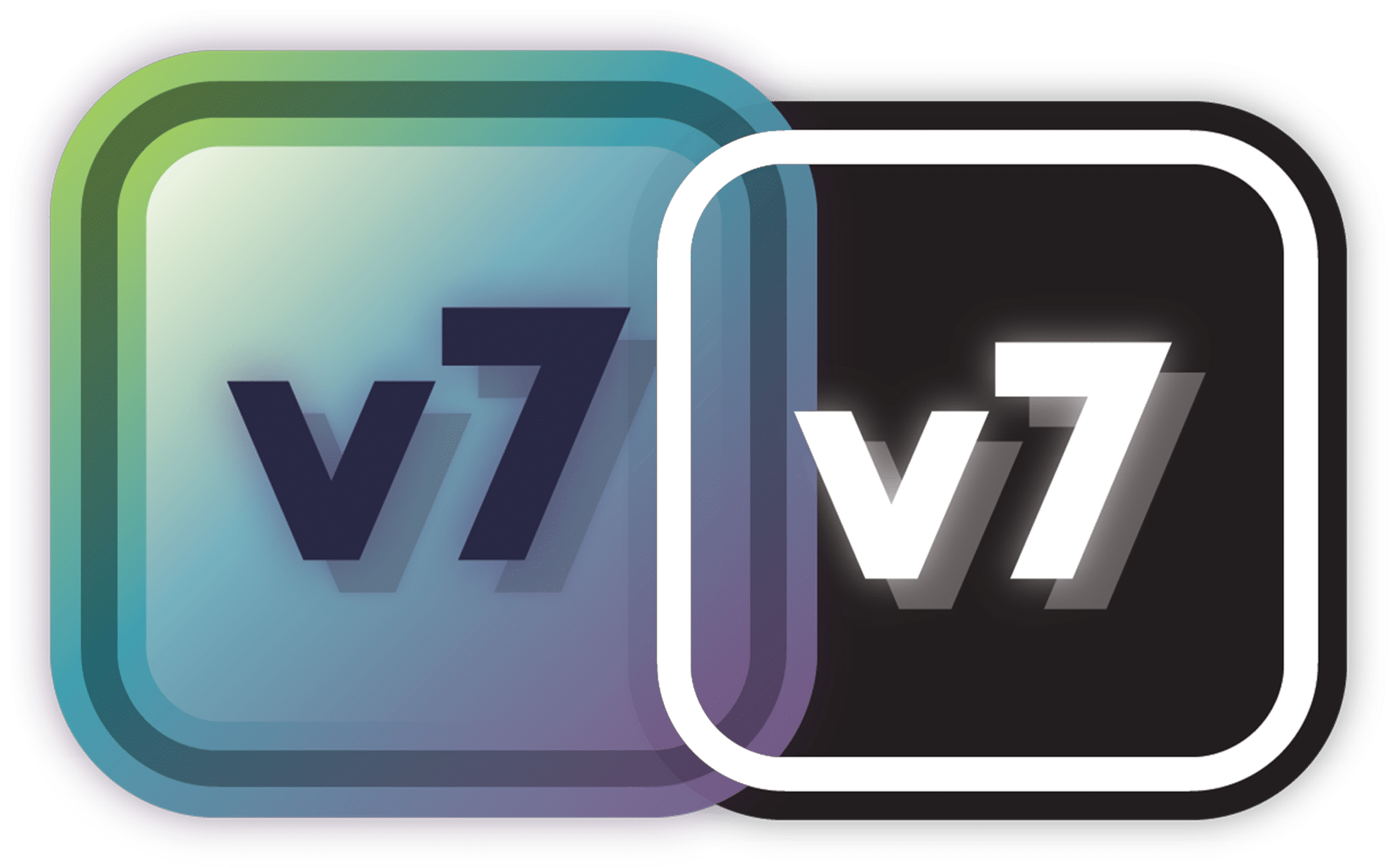The largest collection of options of any module-based plug-in. The 6060 includes over 30 unique modules for EQ, compression, saturation, distortion, specialized filtering, dynamic range expansion, gating, and more. Custom modules include bass optimized biasing for the larger than life low end, transformer-based tone shaping circuits for high end shine, tape simulation, de-essing and new EQ and compression designs. Additional modules are already in the works.
